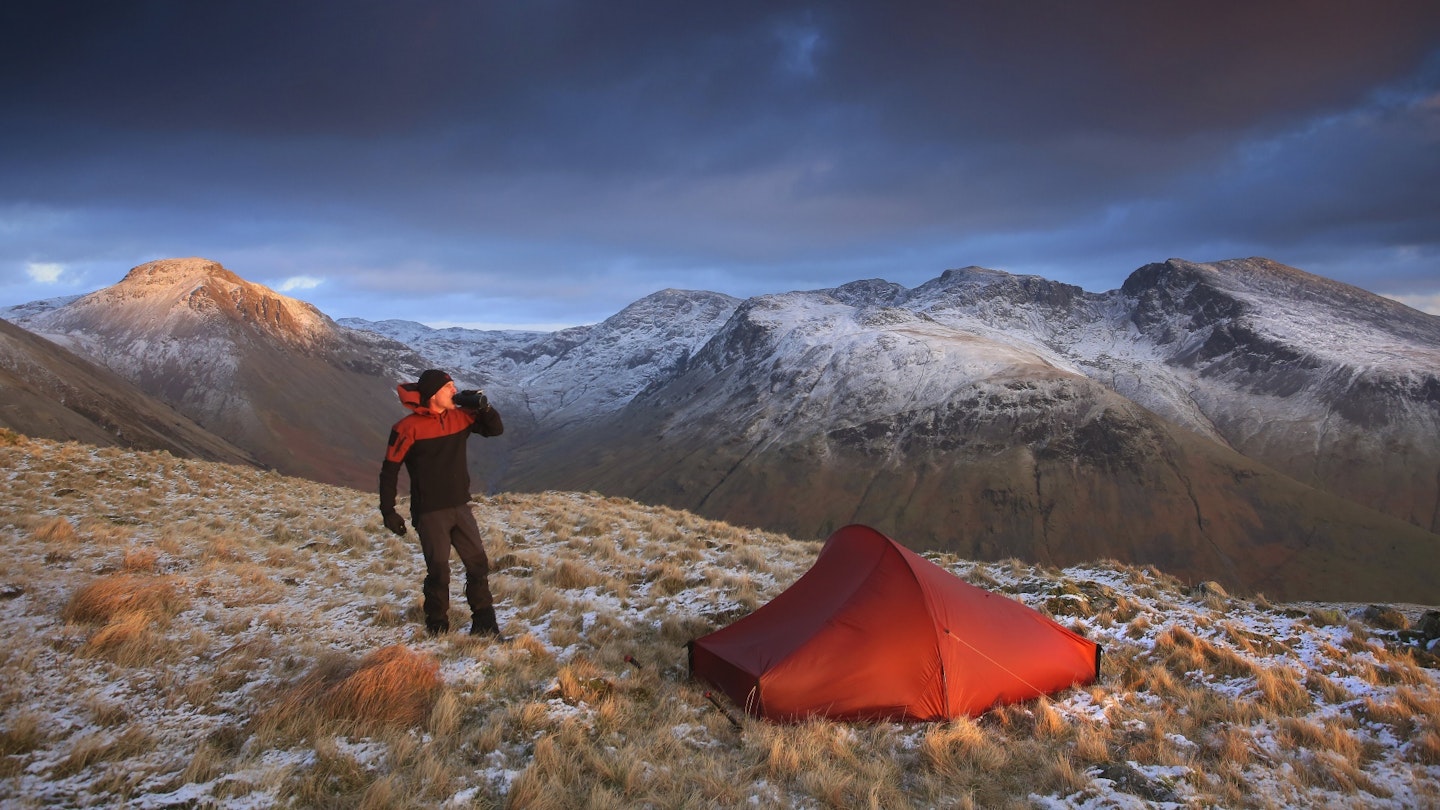Choosing the best gas for camping can be a surprisingly important decision; one that can affect everything from the ease of transporting your gear to the efficiency of your cooking setup. For most campers, this choice often comes down to two popular types of gas: butane and propane.
Both of these are forms of liquid petroleum gas (LPG), a clean-burning and versatile hydrocarbon that powers countless camping stoves, heaters and lanterns. While butane and propane share many similarities, their differences make them suitable for different situations, environments and preferences.
Butane vs propane

Propane is known for its ability to burn effectively even in low temperatures, a characteristic that makes it a favourite for cold-weather camping or high-altitude adventures. Its lower boiling point means it can vaporise and burn even when the mercury dips well below freezing.
This quality is particularly important for those staying in alpine huts, off-grid cabins, or camping in winter conditions.
However, this benefit comes with some trade-offs. Propane is stored under high pressure, which requires robust and often cumbersome containers.

The large red bottles commonly seen outside mountain lodges or as backup fuel sources for rural homes are a testament to the storage demands of propane. While these tanks work well in static environments, they are less convenient for backpackers or campers who need to think about portability.
Butane, on the other hand, is the more popular choice for most camping situations, particularly in warmer weather, making it probably the best gas for camping, for the majority of people.
The ubiquitous blue camping gas bottles, a familiar sight at campsites just about everywhere, always contain butane. With its higher boiling point, butane operates at lower pressure than propane, making it much easier to store and transport.

For summer camping trips, this is often the most practical option. It's lighter, requires very little specialised equipment and is easier to handle than propane. These qualities make it ideal for casual campers and families looking to cook simple meals on portable stoves.
Most of the smaller screw-top camping gas canisters you'll see in camping shops, along with the more tubular style ones for those very cheap camping stoves, contain butane.
However, butane also comes with limitations: it struggles to vaporise at temperatures near or below freezing, making it almost useless in temperatures below about 2°C. So, don't bring it for very cold winter excursions or high-altitude camping.
The best of both worlds

For those who want a fuel option that blends the best of both worlds, there is, as ever, a compromise: mixed gas canisters. These smaller, often pricier containers are designed with a blend of butane and propane, combining the low-temperature performance of propane with the ease of use of butane.
These mixed canisters are especially popular among backpackers and mountaineers who value compact, lightweight equipment but need a reliable heat source no matter the conditions.
The addition of propane to the mix ensures that the gas can vaporise effectively in colder environments while still being manageable to transport.
How to choose the best camping gas for you

The type of camping gas you buy will largely depend on what type of trip you're planning. If your plans involve light summer getaways with mild temperatures and easy accessibility to campsites, butane is likely to meet all your requirements, end of.
On the other hand, if you’re venturing into colder climates or remote areas where reliability in extreme conditions is paramount - such as alpine hut-to-hut adventures - a butane/propane mix is a better choice despite its higher pressure and heavier storage requirements.
Other considerations when choosing camping gas

When considering what gas to bring on your next camping trip, it's worth taking into account not only the weather and location but also the type of equipment you’ll be using.
For example, you'll want to check the attachment point of your stove and gas canister to make sure they're properly matched up before you go.
Many modern camping stoves are designed to work with specific gas canisters, and while adapters and regulators can offer flexibility, the simplest solution is to choose a gas that matches your equipment’s intended use.
However, when we realised we wouldn't be using our hefty camping stove for anything other than summer camping, we switched the regulator out so it'd run off a larger, cheaper butane bottle, rather than an expensive backpacking canister.

For those new to camping who aren't going far from the car, those large, widely available butane bottles are often the easiest and cheapest entry point, providing you have the right hose and regulator for your stove.
We'd recommend avoiding those very cheap packs of tubular bottles that attach to the bulky, one-burner stoves you get at petrol stations – you can do better, so check out our best camping stove roundup here.
For more experienced adventurers who understand the challenges of camping in unpredictable environments, small bottles propane or mixed, all-season gas may be the better choice.
About the author

Fliss Freeborn is a writer for LFTO and the proud owner of five different camping stoves – one for every type of trip. She has used all sorts of different fuels over her time in the hills and truly knows her hydrocarbons from her elbows.
